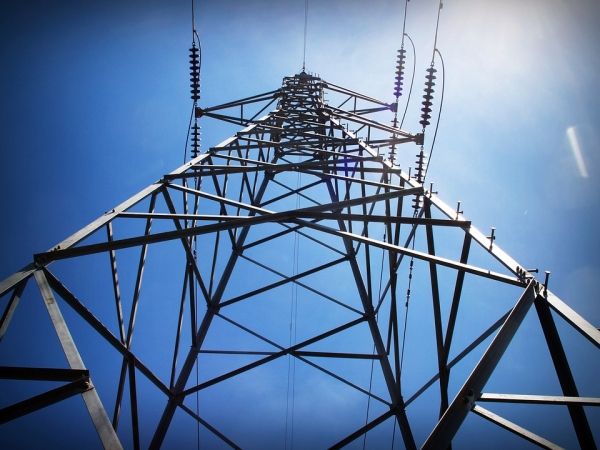A year after a severe winter storm caused widespread blackouts in Texas, the state’s power grid remains vulnerable to extreme cold. But recent research suggests that moving to 100 percent renewable electricity could help prevent future outages, in Texas and elsewhere.
For the study, Stanford researchers modeled grid stability in 2050 in a scenario where the United States has grown more populous, and all fossil fuels have been completely phased out. Renewables coupled with batteries provide 100 percent of electricity, while cars are either fully-electric or powered by hydrogen fuel cells, and gas-powered appliances have been supplanted by electric alternatives. The models suggests that a zero-carbon energy system would produce no blackouts, even during severe weather. The findings were published in the journal Renewable Energy.
The study found that the Texas grid would be more resilient with battery storage filling in gaps in power supply, wind providing a greater share of the state’s electricity, and heaters running on electricity. During cold spells, wind tends to be stronger, helping to meet increased demand for electric heating. During the 2021 cold snap, wind energy dipped as turbines froze, but it is possible to solve this issue with de-icing equipment, authors wrote.
Read more at Yale Environment 360
Photo Credit: 41330 via Pixabay


